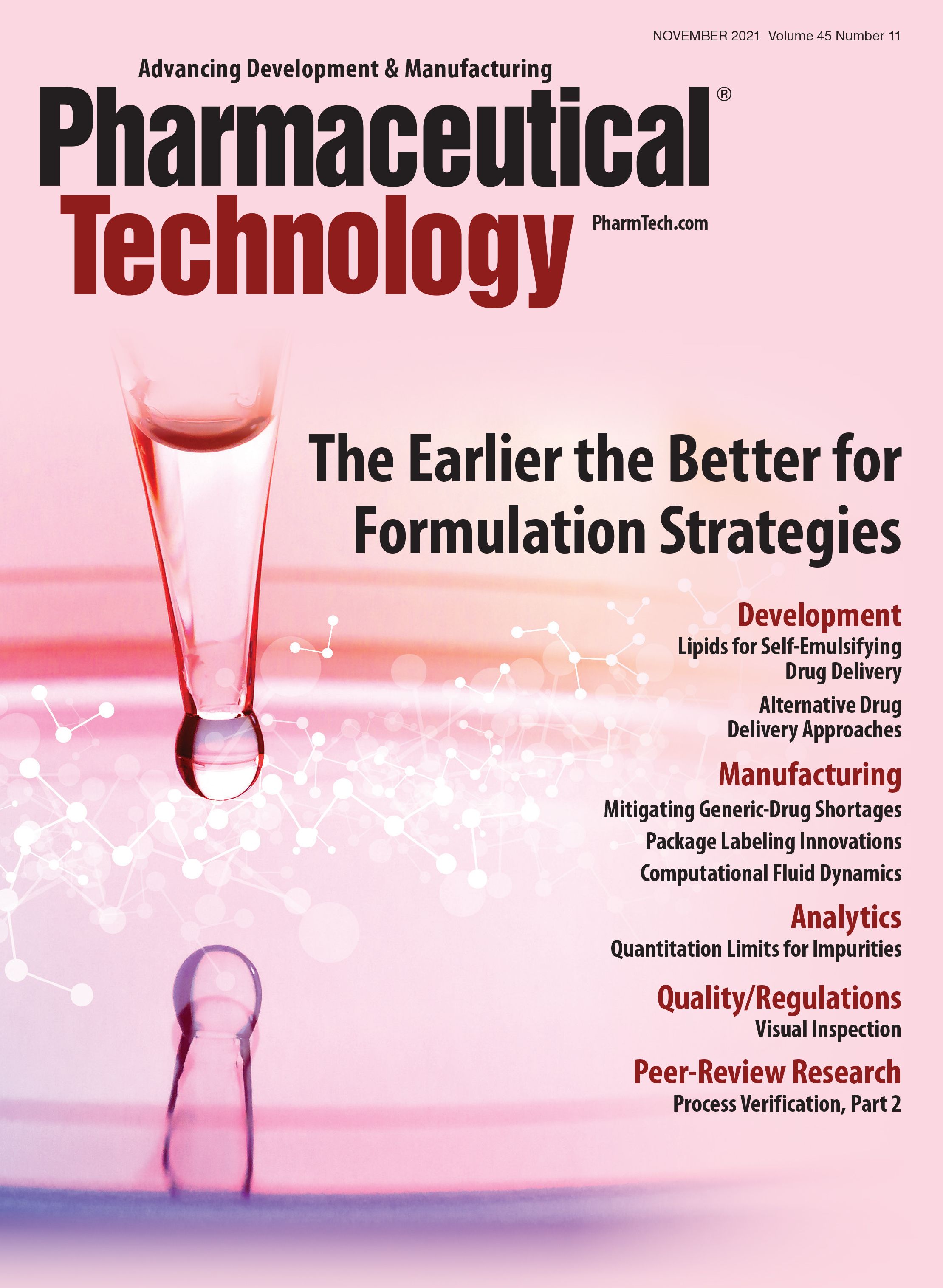Practical SPC Rules in the Real World of an Ongoing Process Verification Plan: Part 2. Practical SPC Rules to Apply on Pharmaceutical Process Data
Part two of this article series shows how traditional statistical process control rules can be relaxed or adjusted to allow charting and evaluation of real-life data of pharmaceutical processes with a reduced number of false alarms.
IAMCHAMP - STOCK.ADOBE.COM

Part two of this article series shows how traditional statistical process control rules can be relaxed or adjusted to allow charting and evaluation of real-life data of pharmaceutical processes with a reduced number of false alarms. Ten practical tools or measures are suggested for minimizing false alarms among process data plotted as is on charts, provided concurrent process performance and product quality are demonstrated. This pragmatic approach reduces the number of futile investigations of apparent innocuous process deviations and streamlines the implementation of the third process validation stage of continued process verification or ongoing process verification.
Click here for a PDF of the article.Click here for a PDF of the article.
Peer-Reviewed
Submitted: March 3, 2021
Accepted: May 3, 2021
About the Author
Raphael Bar, PhD, rbar@netvision.net.il, is a consultant at BR Consulting in Ness Ziona, Israel.
Article Details
Pharmaceutical Technology
Volume 45, Number 11
November 2021
Pages: 46–53
Citation
When referring to this article, please cite it as R. Bar, “Practical SPC Rules in the Real World of an Ongoing Process Verification Plan: Part 2. Practical SPC Rules to Apply on Pharmaceutical Process,” Pharmaceutical Technology 45 (11) 2021.

Entering New Domains for 3D Printing of Drug Products
April 6th 20253D printing of personalized medications is currently possible under existing compounding regulations, offering enhanced process control through automation. But new legislation coming in 2025 will allow 3D printing as part of a distributed manufacturing framework.